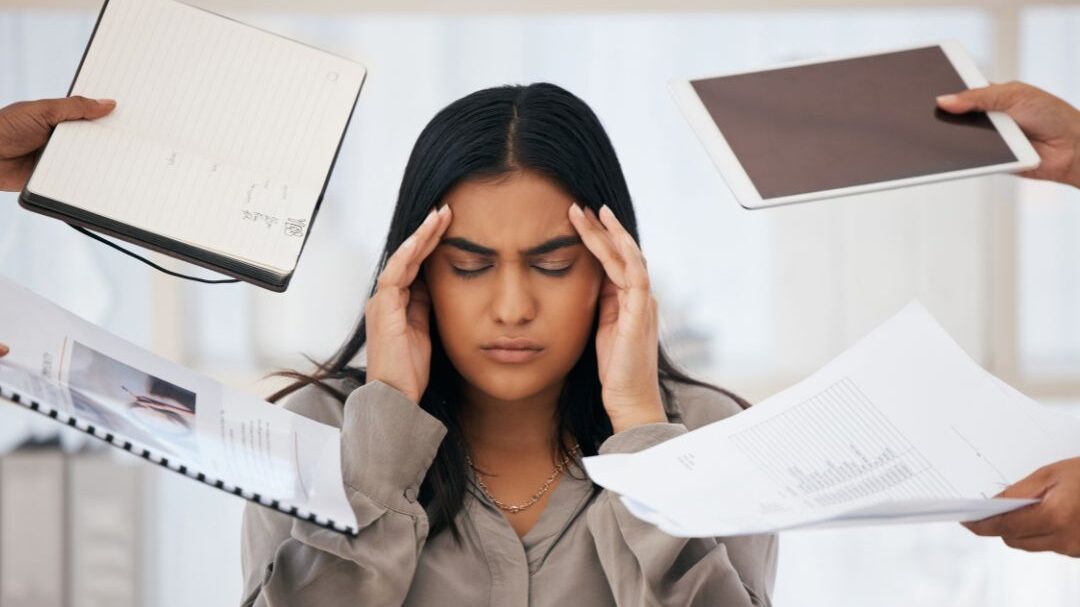Don’t be SAD this winter; ways to diminsh seasonal depression
Dec 8, 2023, 3:00 PM

Shorter days and less sunlight cause seasonal affective disorder (SAD), or seasonal depression, for many people throughout the winter. (Canva)
(Canva)
SALT LAKE CITY — Shorter days and less sunlight cause seasonal affective disorder (SAD), or seasonal depression, for many people throughout the winter.
SAD is a form of depression that people feel through the late fall and winter months when days are shorter and there is less light. Common symptoms can include an increase in sadness, craving for carbohydrates, anxiety and low energy.
This form of depression can be caused by several biological, social and psychological factors. However, a main factor is that the winter months throw off people’s circadian rhythms.
“The circadian rhythm is the part of our brain that helps control our wake and sleep periods,” explained Dr. Johnathan Birnkrant, a psychiatrist and pediatrician at U of U Health. “Circadian rhythm is something that we get from light. So, as the days get shorter, our circadian rhythms change.”
This change affects cortisol levels and serotonin levels in the body, which are depression and stress hormones.
“People with Seasonal Affective Disorder, their circadian rhythm is off. And they have some pretty significant effects to this,” said Dr. Birnkrant.
Some of the most prominent side effects include major depression, craving carbohydrates, lack of energy and extreme difficulty waking up. For some, it feels like jet lag that never resets.
However, there are ways to help reset one’s circadian rhythm.
How to reduce symptoms of seasonal depression
“Get outside for 20 minutes a day, 30 minutes a day, in the morning without glass in front of you, and walk,” said. Dr. Binkrant.
Being outside in the light each morning helps one’s body adjust its internal clock, further decreasing seasonal depression symptoms.
“When you reset that circadian rhythm, the abnormalities and serotonin and cortisol start to adjust so that you don’t feel the negative affects of abnormal release of those hormones,” he said. “Just 20 minutes a day. A simple walk … in the morning before noon, preferably when you first wake up. That is one of the most affective tools we have. And, frankly, it’s the least expensive.”
Other suggestions from Dr. Birnkrant include
- Exercising regularly
- Eating healthy
- Medication
- Consuming more protein and less carbohydrates (Eating more carbohydrates makes symptoms worse)
- Taking melatonin supplements at night to help improve quality of sleep
- Artificial light therapy (Using a light box with 10,000 lux or greater, 15-35 inches, 20-30 minutes in the morning, must be full spectrum)
If artificial light therapy is done later in the day, it can negatively interfere with sleep and make SAD symptoms worse.
Dr. Birnkrant warns that there are many falsely advertised light boxes, and the ones that really work are fairly expensive.
“But, we have alternatives to that,” he said. “Going out in the daytime, taking 10-20 minutes, satisfying the exercise, satisfying the endorphins, satisfying the light adjustments we need to make, doing it in the morning. These are all things you can do.”
SAD statistics
10 million Americans are estimated to feel seasonal affective disorder over the winter months. Another 10 – 20% may have mild SAD.
four out of five people with seasonal depression are women.
Those who have higher risk for seasonal affective disorder include young adults, those with mood disorders, those who live in high latitude areas, people who live a sedentary lifestyle and those who have a family history of SAD.
Dr. Birnkrant says if there is someone you know experiencing SAD symptoms, “It’s very important to give them some hope. A lot of people don’t even realize that they’re experiencing something.”













